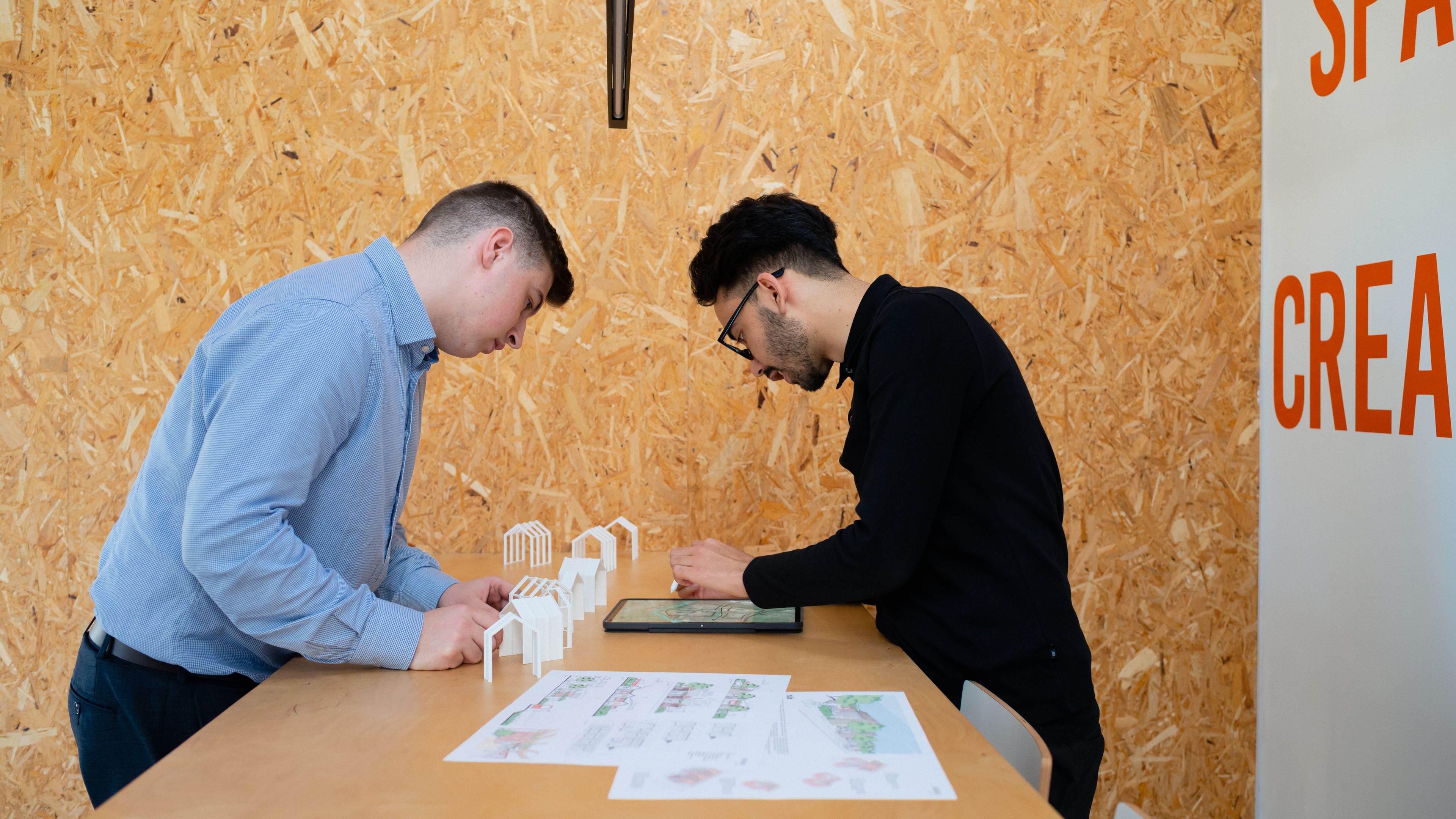Ready to elevate your product management and development process? Try our free product roadmap template to plan, prioritize, and communicate your product strategy more effectively—and drive better outcomes.
A product roadmap helps stakeholders stay agile, aligned, and focused on the next steps in product development. It also provides a clear visual of where your product is heading.
A roadmap guides every step of the process, from early initiatives and product strategy to launch—and beyond. By using a product roadmap you can:
- Establish timelines and set milestones
- Prioritize dependencies and organize tasks or deliverables
- Track progress for easier project management
- Keep everyone on the same page and aligned with the project vision
Check out more templates available in Dropbox Paper and explore the many use cases to support your workflow. Dropbox gives you many templates, secure storage, and management tools that make it simple for your product team to collaborate effortlessly.
Now let’s see how to get the most out of your product roadmap.

What is a product roadmap?
A good way to get a gauge on how to create the best product roadmap is to define what it involves.
A product roadmap is similar to a project roadmap. As a strategic plan for how a product will develop, it will be a high-level guide or outline of the steps to get there.
Product roadmaps are very versatile and vary depending on your specific industry, type of product, and the team who are working on it. For example, development teams may focus on software and bug fixes while a hardware company might map out prototypes.
Here are a few things you might find in a product roadmap:
- Product goals, key objectives, and what you want to achieve
- Features, functionalities, or outputs, which move you closer to these goals
- Timelines and details on when each stage will be completed—and product launch
- Dependencies, mapping any tasks or features that are dependent on each other
With these components, a product roadmap becomes a great tool for keeping teams focused and driving a product toward success. But how do you create one?
How to create a product roadmap
Creating a product roadmap is easy with our free template. Simply download the product launch plan template and add your own content.
The template includes several sections that you can customize and augment to your needs. Here are some key sections to include when creating an effective roadmap:
- Description: This is an overview that provides a snapshot of your product. It gives stakeholders (especially team members who aren’t in the day-to-day) a summary of what the product is, its purpose, and why it matters.
- Goals: The goals section is where you outline big-picture objectives that will guide the product development process. These should be clear and measurable, helping to keep agile teams focused on outcomes rather than just tasks.
- Features: Here’s where you list the product’s key features. The feature roadmap is a sub-section that should detail what the team will be building. Whether it’s a new app feature or a hardware upgrade, this is the nitty-gritty of your product roadmap.
- Timelines: In this section, you’ll set the key milestones and timelines for each phase of development. This is important for tracking the progress of your product’s development and ensuring that your team stays on target with business goals.
- Dependencies: This section helps you identify any risks or dependencies between tasks. Mapping out dependencies will help prevent bottlenecks or backlogs and make sure you don’t miss anything.
While these sections provide a general guide, the exact content of your roadmap will depend on your specific product. Tailor the template to your needs.
Try these tips for organizing priorities, managing projects, boosting collaboration, and letting individual team members excel when using the free product roadmap templates in Dropbox Paper:
- Clearly define project goals
- Break down projects into manageable tasks
- Use the project management tools available in Dropbox
- Hold regular check-ins
- Encourage transparency and teamwork
By following these steps and applying these tips, your product roadmap will become a tool that drives development and fosters collaboration—to keep your team on track.

Best practices for product roadmaps
To get the most out of your product roadmap, follow these best practices:
Practice proper file storage and organization
As your product roadmap evolves, the number of documents, files, and resources you need to manage does too. It’s important to keep everything organized, so you can avoid scrambling through folders later.
Consider setting up dedicated project folders for each product phase or milestone. This helps everyone quickly find what they need without wasting time looking for files.
Name your documents consistently—perhaps by date or product phase—and use subfolders to organize different types of files (e.g., design assets, technical specs, or marketing plans). With Dropbox, you can make updates in real time.
The cloud storage features in Dropbox make it easy to keep all your files in one secure, organized place.
Use secure file sharing for easier collaboration
Collaboration is key to any successful product roadmap, but it’s crucial to ensure that sensitive information stays protected.
With secure sharing features, you can control who can view, edit, or comment on your documents, keeping your team informed while protecting data.
Dropbox also allows you to use password-protected links or set expiration dates on shared files to ensure security without affecting collaboration.
By sticking to these best practices—staying organized and securing your files—you’ll ensure your product roadmap progresses reliably.
Methodologies vary depending on your product’s key features and the functionality you are trying to build into a new product. However, integrating these best practices into your product planning process with Dropbox leads to easier prioritizing, organization, and much better outcomes.

Collaborate on product roadmaps with Dropbox
Whether launching a new feature or rolling out a product, a product roadmap gives you a visual guide to help prioritize tasks, track progress, and hit milestones.
By using the product launch template, you’ll streamline building a roadmap, making it easier to plan your product’s journey. Tailor it to your team’s needs for better results.
Explore the full Dropbox suite of tools, which makes it easy to build product roadmaps and boost productivity and communication across a variety of tasks.
FAQs about product roadmaps
Keeping things simple is key, especially when you’re just starting. A simple product roadmap focuses on the essentials: the major goals, product features, and high-level timelines. Start by listing your product’s core objectives—what do you want to achieve? Next, identify the key features or steps that will help you hit those goals.
Finally, add a timeline to track progress. By sticking to these three basics, you’ll have a roadmap that’s easy to follow and keeps everyone on the same page until product release.
Designing a product roadmap isn’t about flashy graphics in a PowerPoint presentation—it’s about clarity and functionality for the product team. You want a layout that’s easy to understand at a glance. Start by organizing your roadmap into sections like goals, features, timelines, and dependencies.
Tools like Dropbox Paper let you customize your layout while keeping it clean and professional. You can add headings, bullet points, and timelines to structure everything clearly in the product roadmap.
The layout of your roadmap should reflect the priorities of your project. A common approach is to organize it horizontally by time (weeks, months, or quarters) and vertically by goals, features, or phases toward your product release plan. This way, you can track progress over time and easily see which tasks or features are tied to specific milestones.
In terms of visual layout, a Gantt chart format works well for showing timelines during roadmap planning, while a list format can be great for outlining long-term goals and short-term tasks. Whatever layout you choose, make sure it’s intuitive for everyone on the team.
A good product roadmap is a plan but also a communication tool that keeps teams aligned. To create a strong roadmap, start breaking down high-level strategic planning by defining clear, measurable goals. Then, break down those goals further into actionable steps and establish time frames. Make sure to build in some flexibility for changes in the product roadmap along the way—after all, products often have several iterations.
The best roadmap examples are also collaborative. Use tools like Dropbox to invite real-time feedback and ensure all stakeholders can weigh in. Regular check-ins and updates will keep the roadmap relevant and useful as you track progress.
Remember, a good roadmap is a tool for clarity and alignment, not just a to-do list. It should guide your product development journey, keep your team focused, and make sure internal or external stakeholders know what success looks like.


